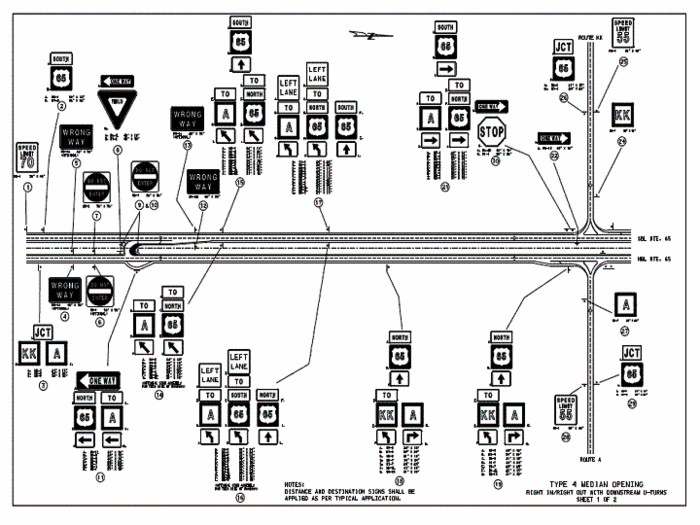903.16 Typical Signing Applications: Difference between revisions
Jump to navigation
Jump to search
m Added easily printable figures |
m 903.13 Typical Signing Applications moved to 903.17 Typical Signing Applications: Per Traffic, revision to bring policy into substantial compliance with the 2009 MUTCD. |
(No difference)
| |
Revision as of 12:29, 17 January 2012
(MUTCD Section 2J)
The following figures show typical applications for signing and how to place regulatory, warning and guide signs for common situations.
Figure 903.13.1
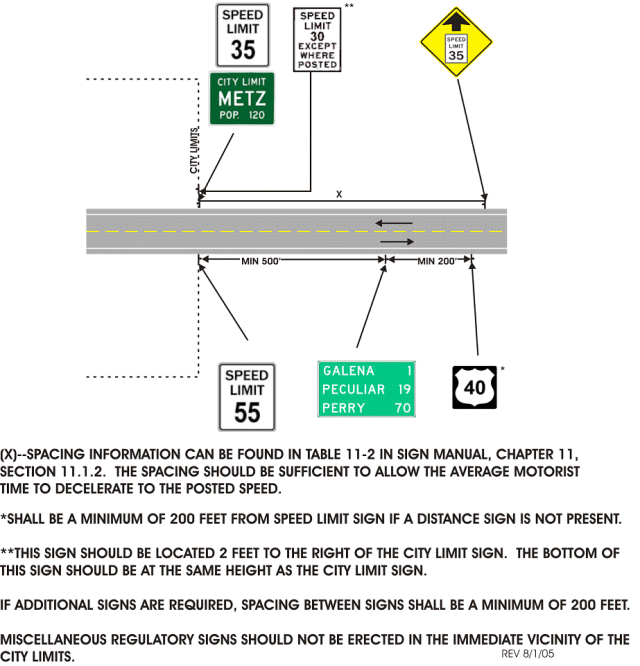
Figure 903.13.2 Standard Application of Intersection Signing
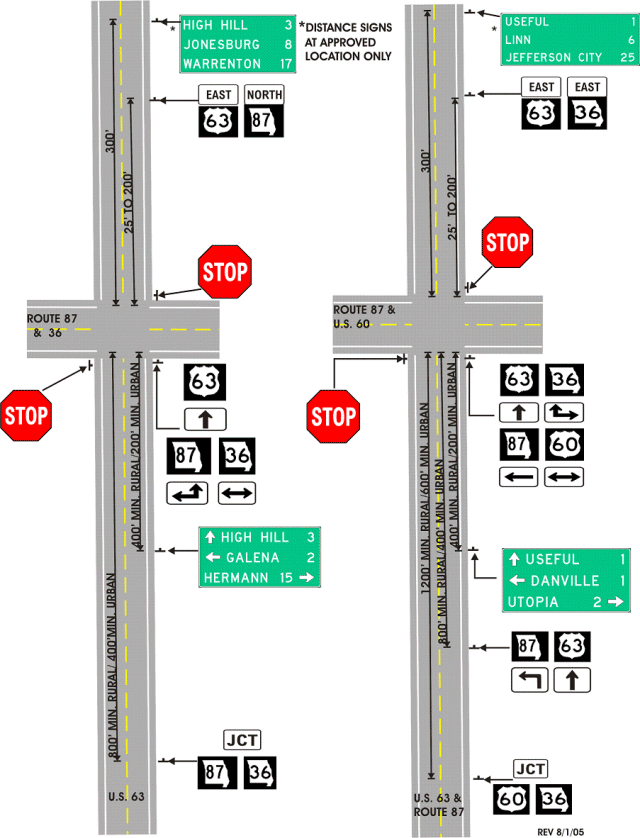
Figure 903.13.3 Standard Application of Intersection Signing
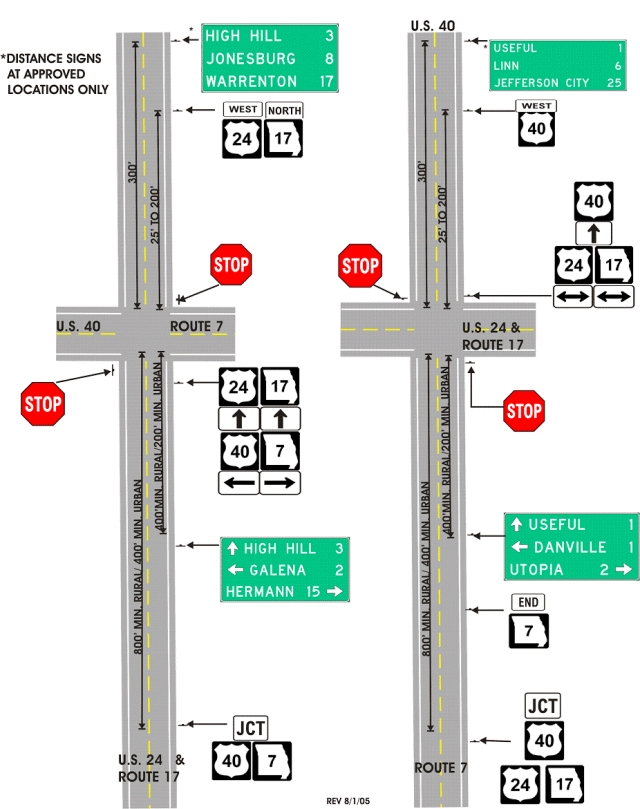
Figure 903.13.4 Standard Application of Intersection Signing
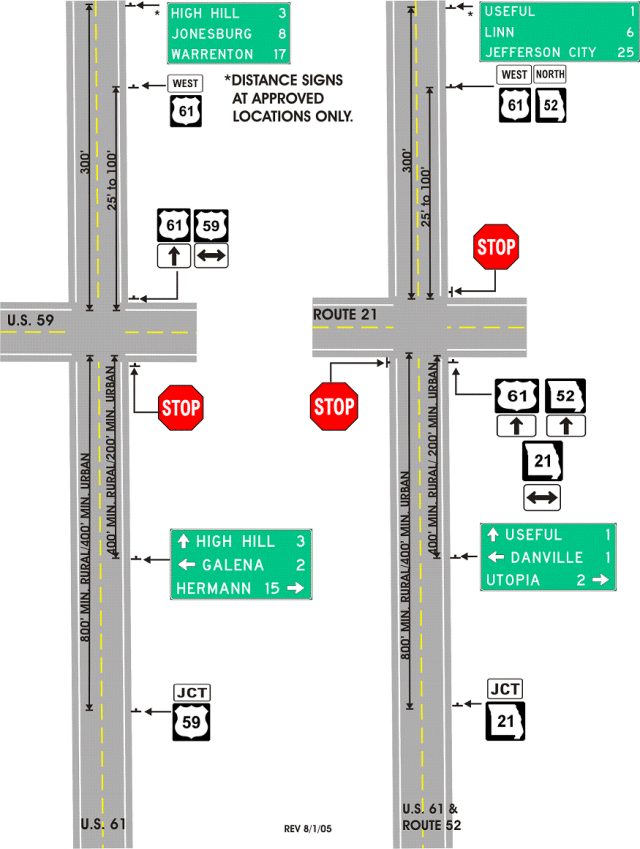
Figure 903.13.5 Standard Application of Intersection Signing
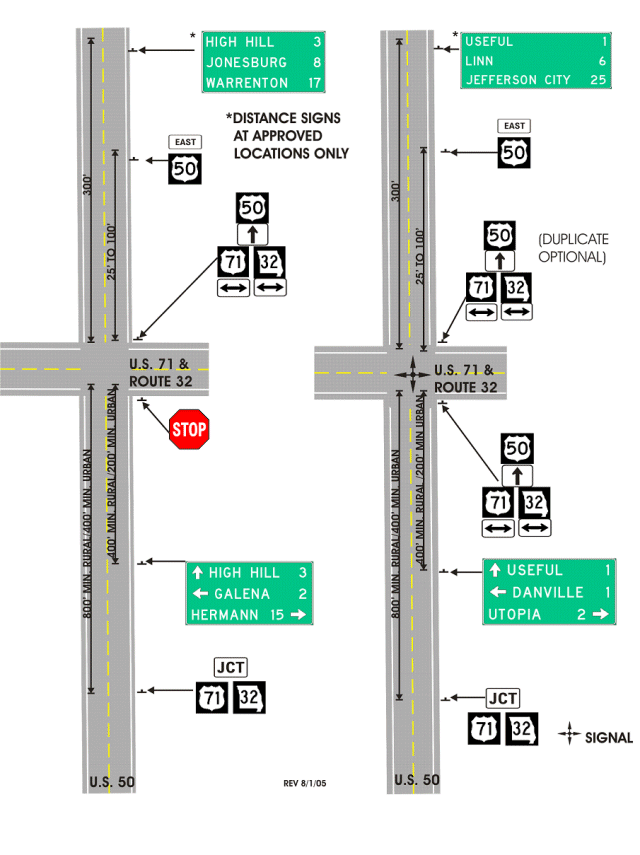
Figure 903.13.6 Standard Application of Intersection Signing - Case 1: Multi-Lane Undivided
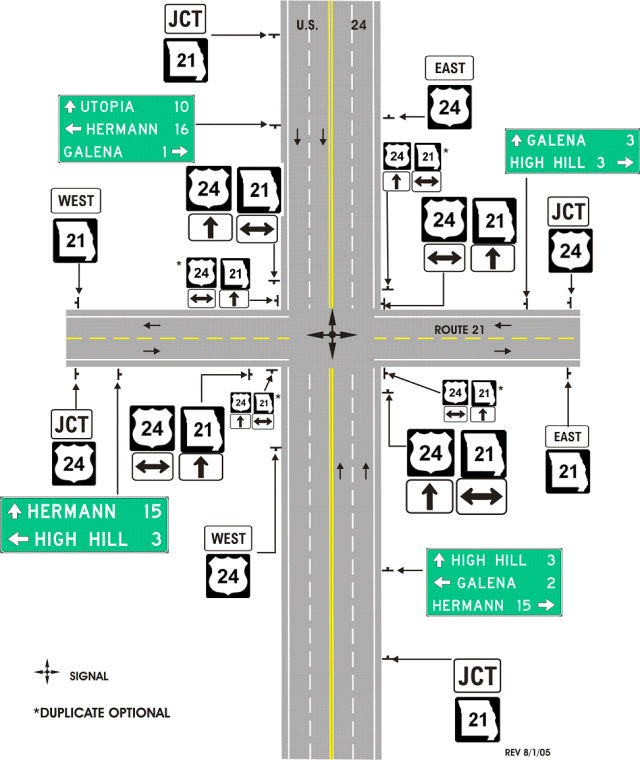
Figure 903.13.7 Standard Application of Intersection Signing - Case 2: Divided Highway Median Narrower Than 30 ft.

Figure 903.13.8 Standard Application of Intersection Signing - Case 3: Divided Highway Median 30 Feet Or More Wide But Not Requiring Double Guide Signing
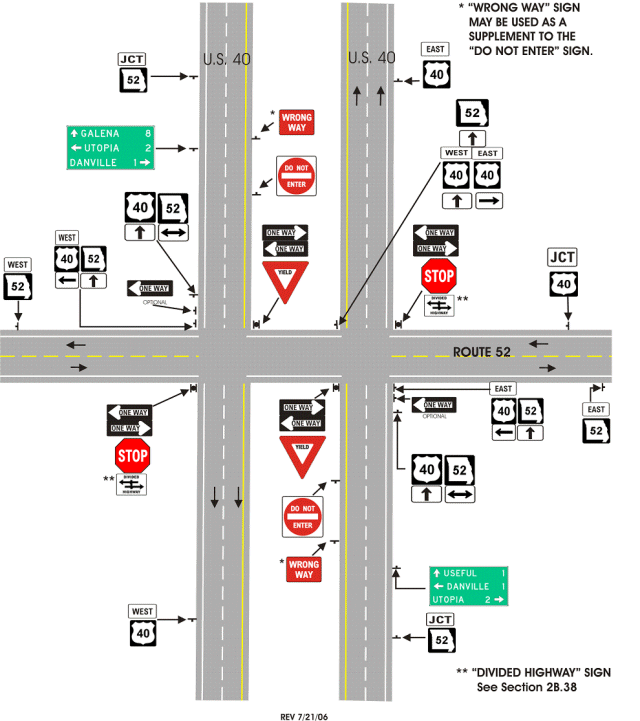
Figure 903.13.9 Standard Application of Intersection Signing - Case 4: Divided Highway Median Sufficient Width (Or Sight Distance Restriction) To Require Double Guide Signing
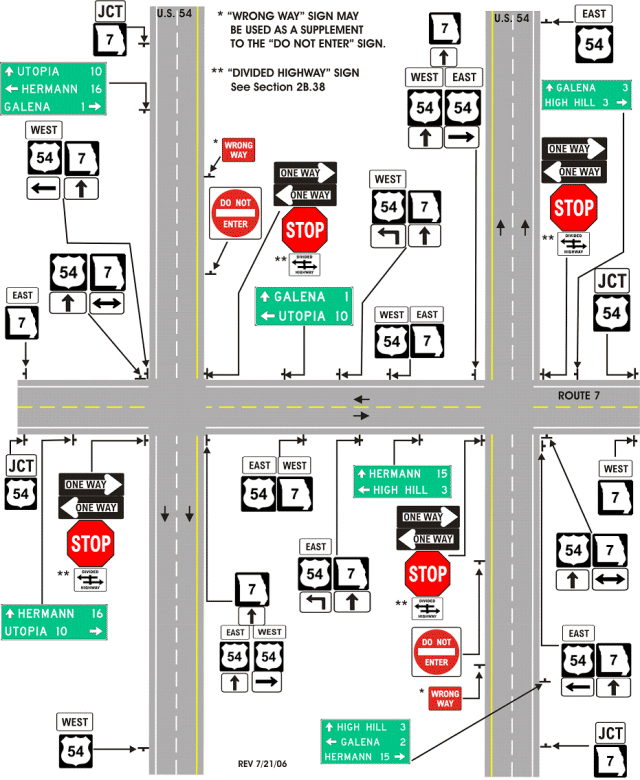
Figure 903.13.10 Standard Application of Intersection Signing
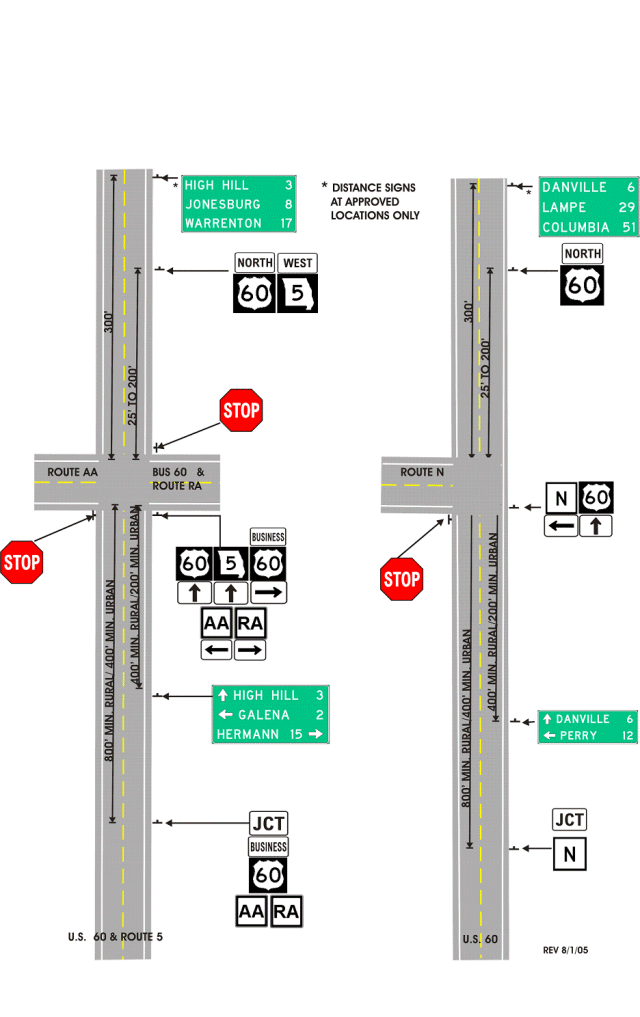
Figure 903.13.11 Standard Application of Intersection Signing

Figure 903.13.12 Standard Application of Intersection Signing

Figure 903.13.13 Standard Application of Intersection Signing
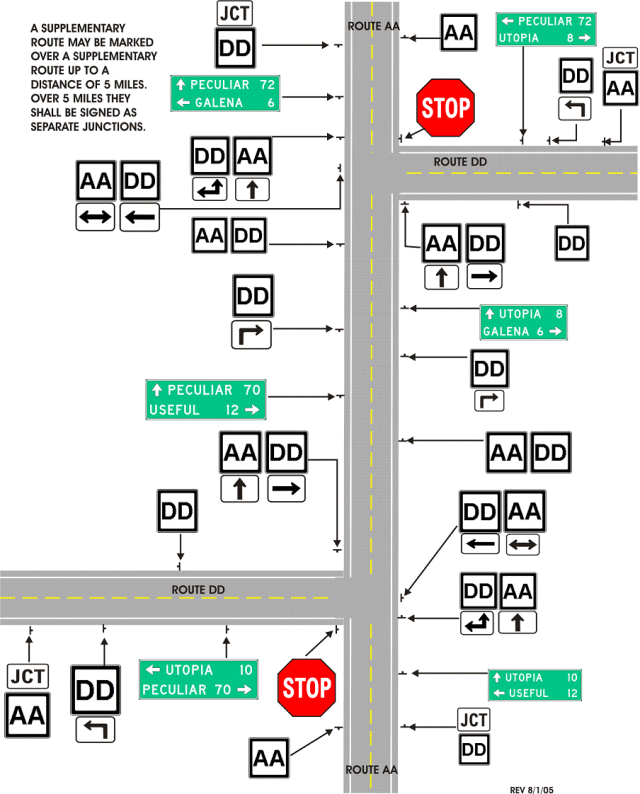
Figure 903.13.14 Standard Application of Intersection Signing
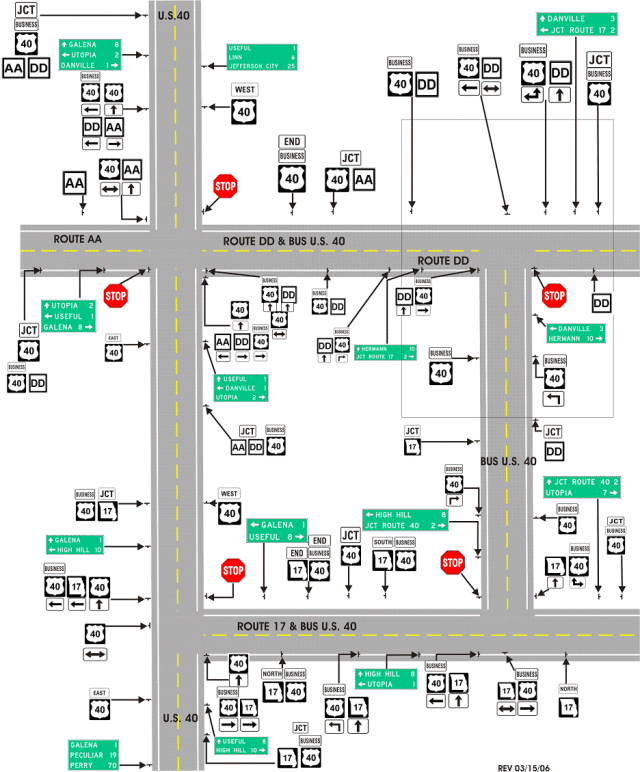
Figure 903.13.15 Standard Diamond Interchange Signing
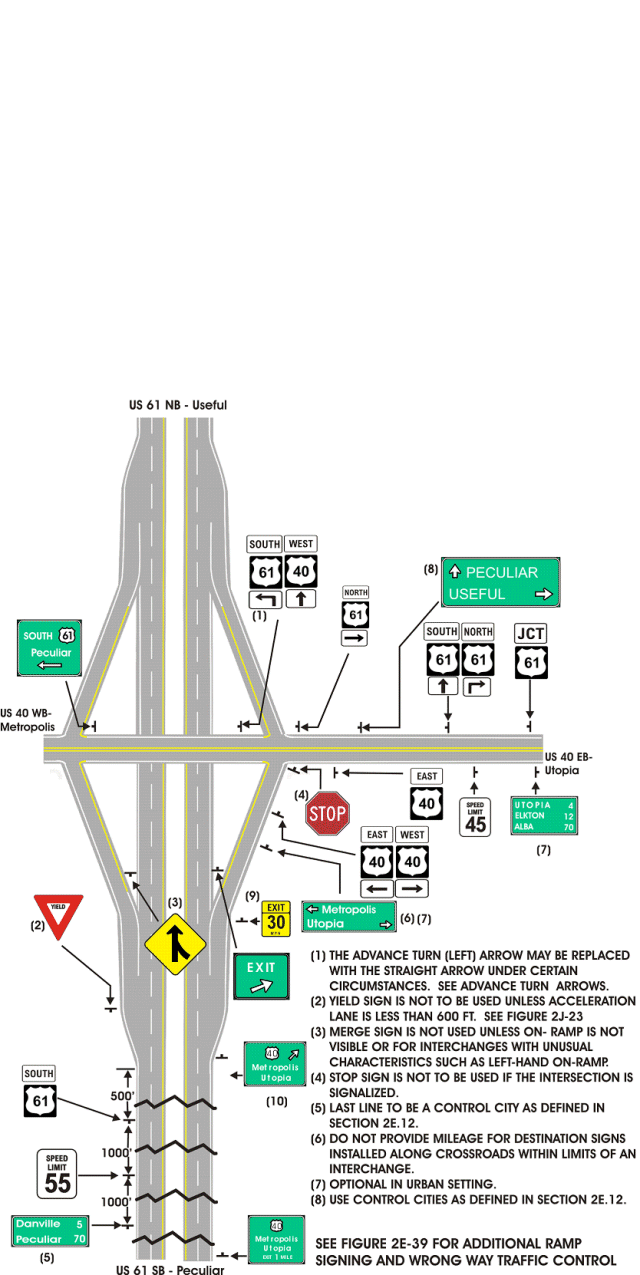
| (9) Exit speed sign is placed at the PC or PT of the ramp. |
| (10) Ground-mounted exit guide signs are placed at the beginning of the taper for the exit. |
Figure 903.13.16 Standard Regulatory Signing For Crossovers
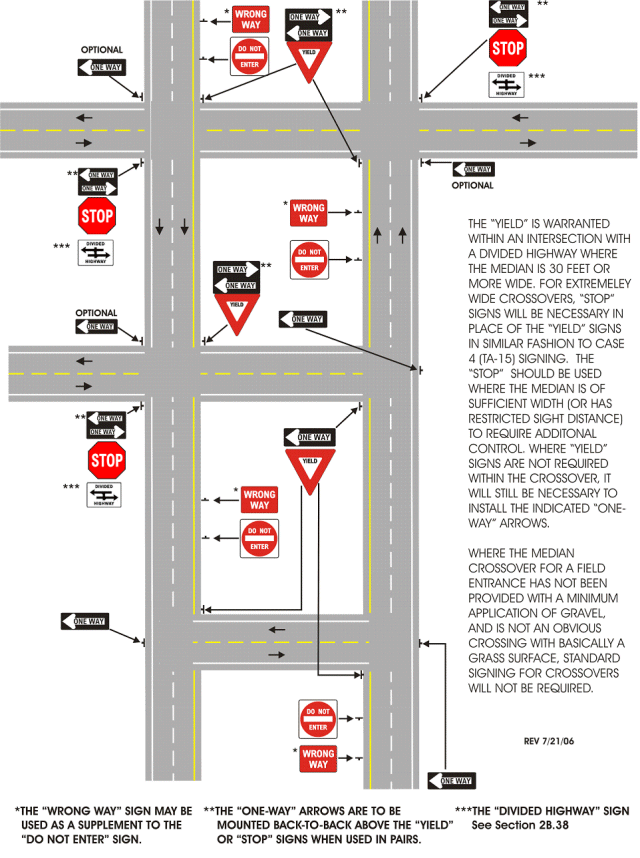
Figure 903.13.17 Signing For Type II Crossovers

Figure 903.13.18 Standard Signing For Climbing Lane Two-Lane; Two-Way Roadway
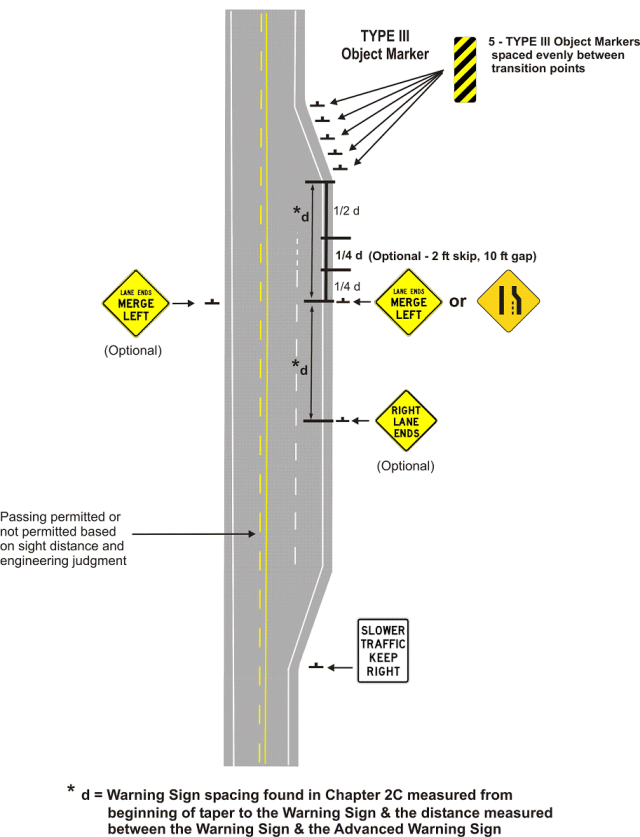
Figure 903.13.19 Standard Signing For Climbing Lane; Four-Lane Roadway

Figure 903.13.20 Standard Signing For Pavement Transition
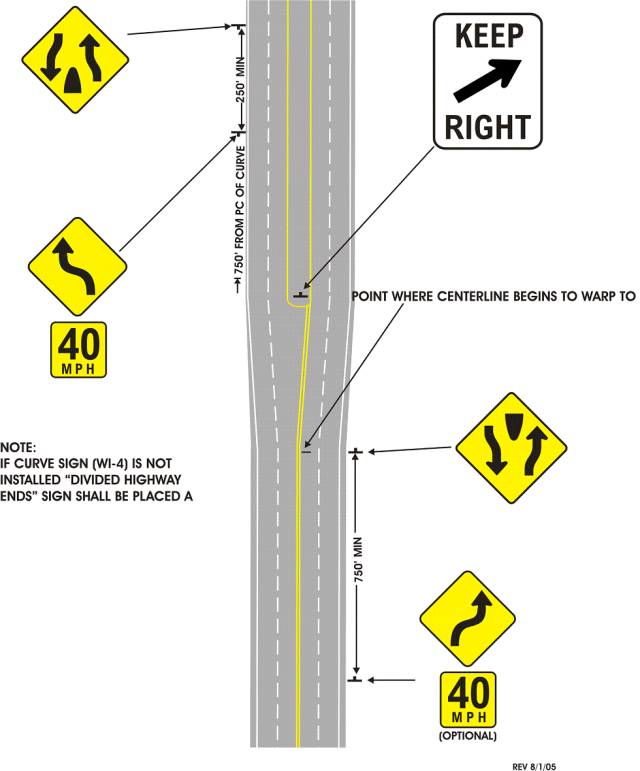
Figure 903.13.21 Standard Signing For Pavement Transition
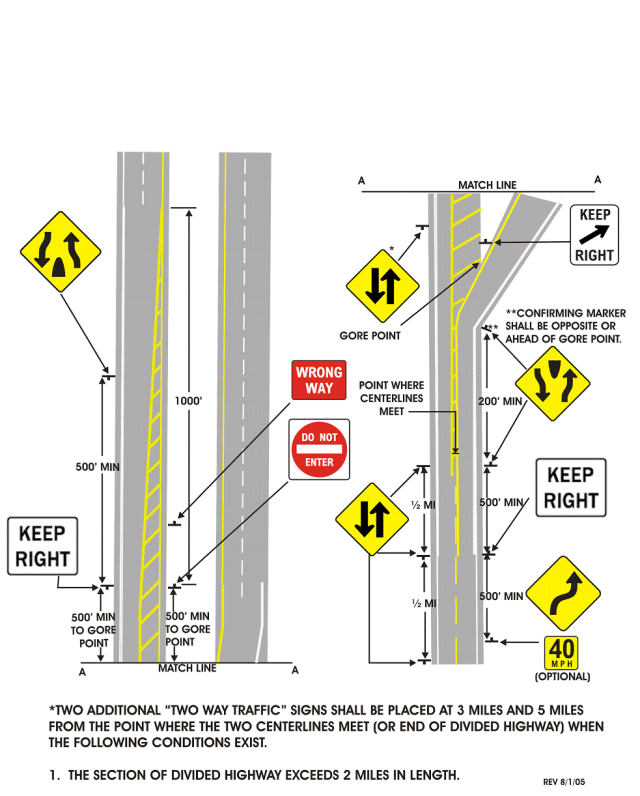
Figure 903.13.22 Standard Signing For Pavement Transition

Figure 903.13.23 Location of Yield and Lane Ends Sign for Acceleration Ramps
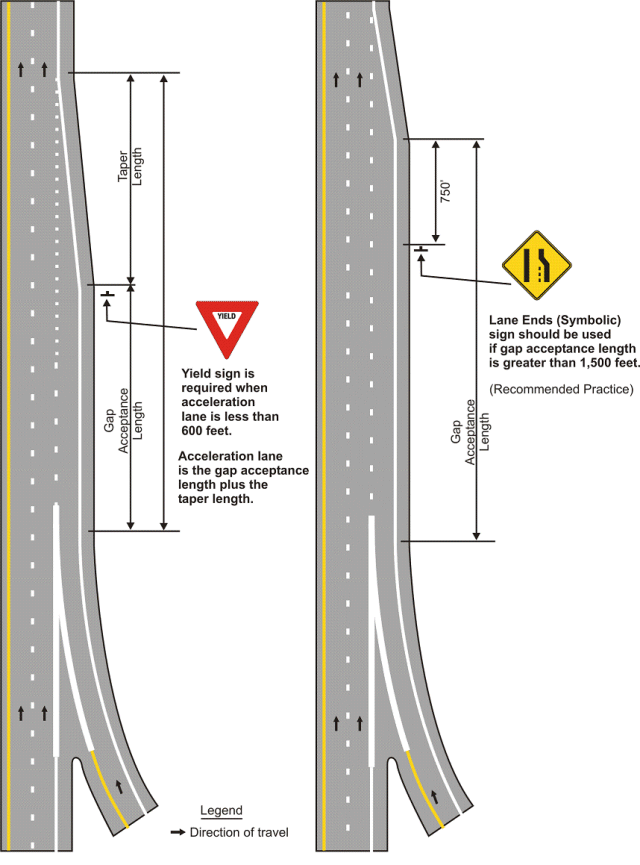
Figure 903.13.24 Typical Signing for Passing Lanes

Figure 903.13.25 Typical Signing for Type 3 Median Openings
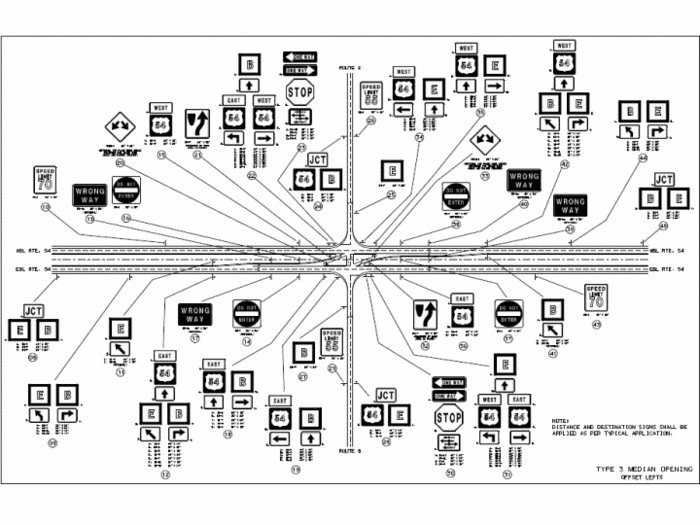
Figure 903.13.26 Typical Signing for Type 4 Median Openings
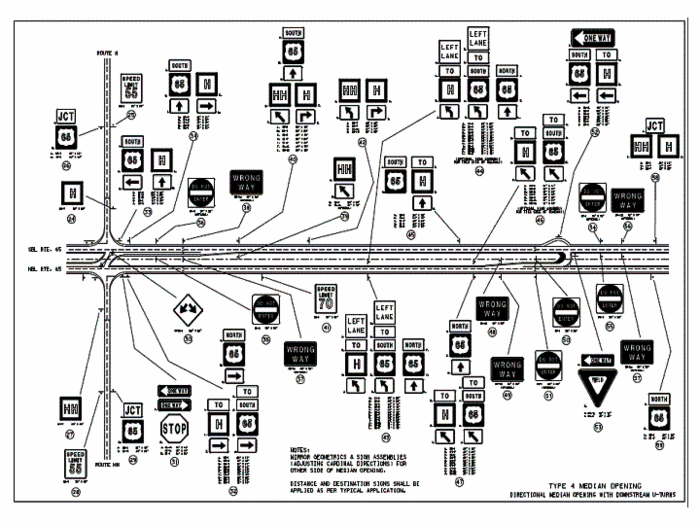
Figure 903.13.27 Signing for Type 4 Right-In, Right-Out Openings
